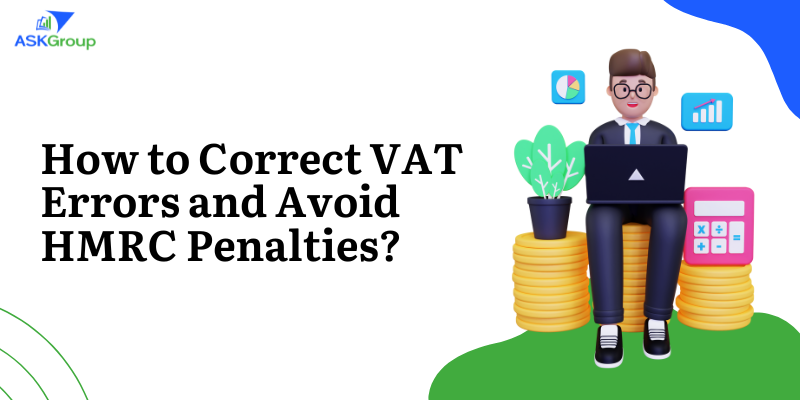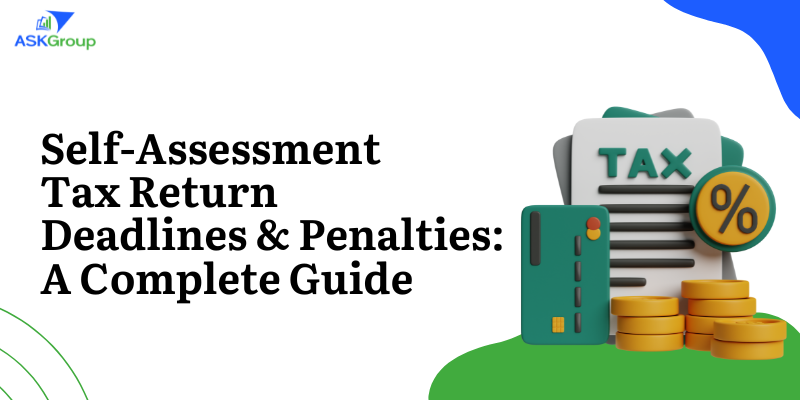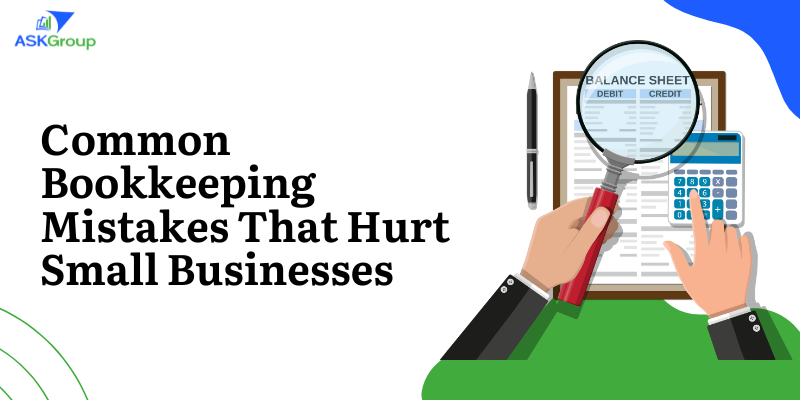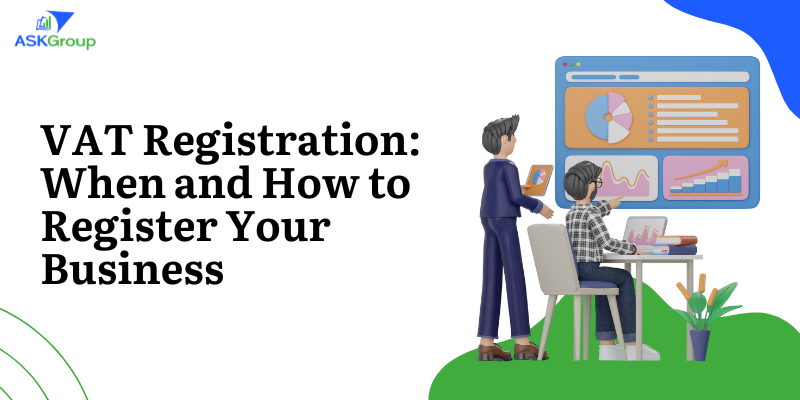
Table of Contents
It can be daunting to deal with a VAT error. You’re not alone. A large number of businesses in the UK, both start-ups and established businesses, do make mistakes in VAT returns. It is not important to panic but to do the right thing and in time.
This guide will take you through the easy process of correcting these mistakes and, most importantly, how to remain on the right side of HMRC to avoid the expensive fines. Doing it correctly secures your business and establishes your reputation of compliance.
Introduction
The causes of VAT errors are numerous in number. Errors that are common are incorrect identification of the goods as either standard, reduced or zero-rated goods. Even some basic bookkeeping mistakes such as typing the incorrect number or an incorrect invoice are common.
There are also other issues that come in due to wrongly claiming VAT on exempt supplies or misconstruing the regulations on certain expenses such as business entertainment. That such an invoice uses the wrong VAT rate is even a common error that should be remedied.
Being aware of the Common VAT Errors.
The worst thing you can do is to ignore a VAT error. HMRC anticipates undergoing transparency and voluntary disclosure. The more time an error is not corrected, the greater the interest and fines. It is also proactive to identify and report an error which demonstrates to HMRC that good faith is exercised in your business.
This collaborative style can have a great impact on their reaction and in many cases results in better consequences on any financial outcomes.
The importance of Timely Correction.
HMRC offers a useful smaller error threshold. When there is a net value of the error which is less than a given limit, then you can rectify it by making adjustments in your subsequent VAT return.
This is just that you add that value on your Box 4 number when you overclaimed VAT, or to the Box 1 number when you underclaimed it. It is also important to verify the existing threshold on the GOV.UK site right now because this limit may be varied and there is no excuse to use the old number.
The VAT Error Correction Threshold
You should voluntarily disclose to HMRC errors that go beyond the threshold. This is carried out by filling a form online via the GOV.UK site. The steps used in the procedure are to clarify what the mistake was, in what year, and the sum of VAT due.
It is very important to be frank and complete with your disclosure. This is an official procedure that makes sure that the error is duly documented and reconciled with HMRC itself.
Voluntary Disclosure
How to Report Significant Errors?
In case of major mistakes, you would have to proceed to the voluntary disclosure service of HMRC. You will need to deliver a detailed report of what exactly went wrong and why. You must provide the proper VAT calculation per affected period and the amount to be paid in the report.
Follow-up questions might be requested by the HMRC and therefore it is important that you keep all the relevant records and paperwork in order to support your disclosure and have a smooth process.
Reasonable excuse Appeals
When you are given a penalty by HMRC, there may be a case to appeal it in case you had a reasonable excuse. It is a certain legal word which is used to refer to something unforeseen to you that could not have allowed you to fulfill your duty.
These may be a severe health condition or a severe system failure. Being busy is not an acceptable excuse; forgetting is not. Developing a solid appeal must include tangible evidence and a straight connection between the incident and the non-compliance.
Best Practices to learn to prevent future errors
They should be prevented before curing. Your best defence is to ensure that you have implemented powerful internal processes to defend against VAT errors. Enter accounting software which is updated on the UK VAT rules.
Think of investing in the training of your personnel or hiring the services of a professional book keeper. A regular internal audit of your VAT functioning may assist you to spot little errors before they turn to large ones. Little industry will go a long way.
The Role of Professional Advice
The law of VAT is complicated and ever changing. It is a good investment to consult a qualified accountant or VAT specialist. They will assist you in making disclosures, control the correctness of your calculations and even represent you to HMRC.
His/her experience will allow you to circumvent traps, see possible cost savings, and provide you with the total confidence that you don’t have to worry about your VAT situation and can concentrate on doing business.
Detecting a VAT mistake is a tense affair, but it does not necessarily turn into a catastrophe. The resolution path is obvious, evaluate the size of the mistake, correct it on your next return should it be under the threshold, or voluntarily disclose it should it be larger. The priority that is taken seriously is acting fast, honestly and proactively.
VAT compliance can become a fear of your business management, but with the help of sound accounting discipline and professional consultation where necessary, it can make it a routine. Be aware, be alert and avoid unwarranted fines on your business.

Ask Group
TOP CHARTERED ACCOUNTANT
Lorem Ipsum is simply dummy text of the printing and typesetting industry. Lorem Ipsum has been the industry's standard dummy text ever since the 1500s, when an unknown printer took a galley of type and scrambled it to make a type specimen book. It has survived not only five centuries, but also the leap into electronic typesetting, remaining essentially unchanged. It was popularised in the 1960s with the release of Letraset sheets containing Lorem Ipsum passages, and more recently with desktop publishing software like Aldus PageMaker including versions of Lorem Ipsum.
Categories
- Accounting (2)
- Book Keeping (1)
- Finance (1)
- Tax (1)
- VAT (1)




